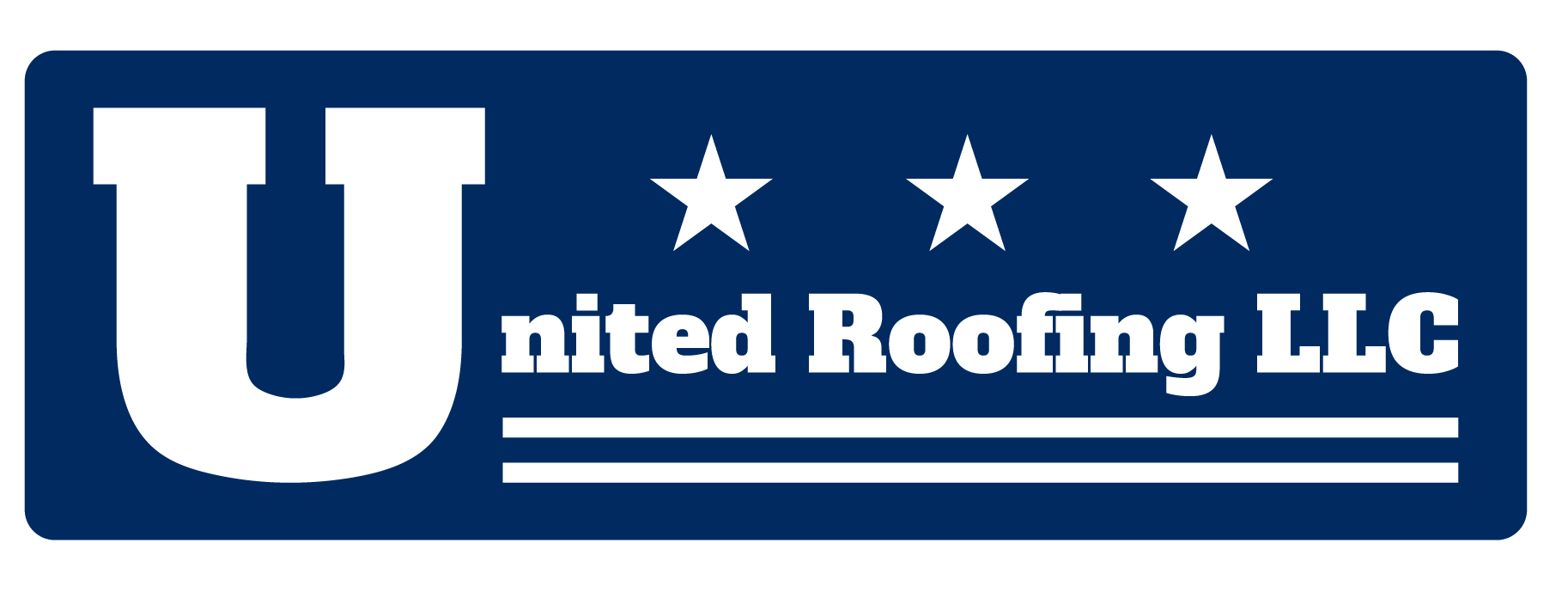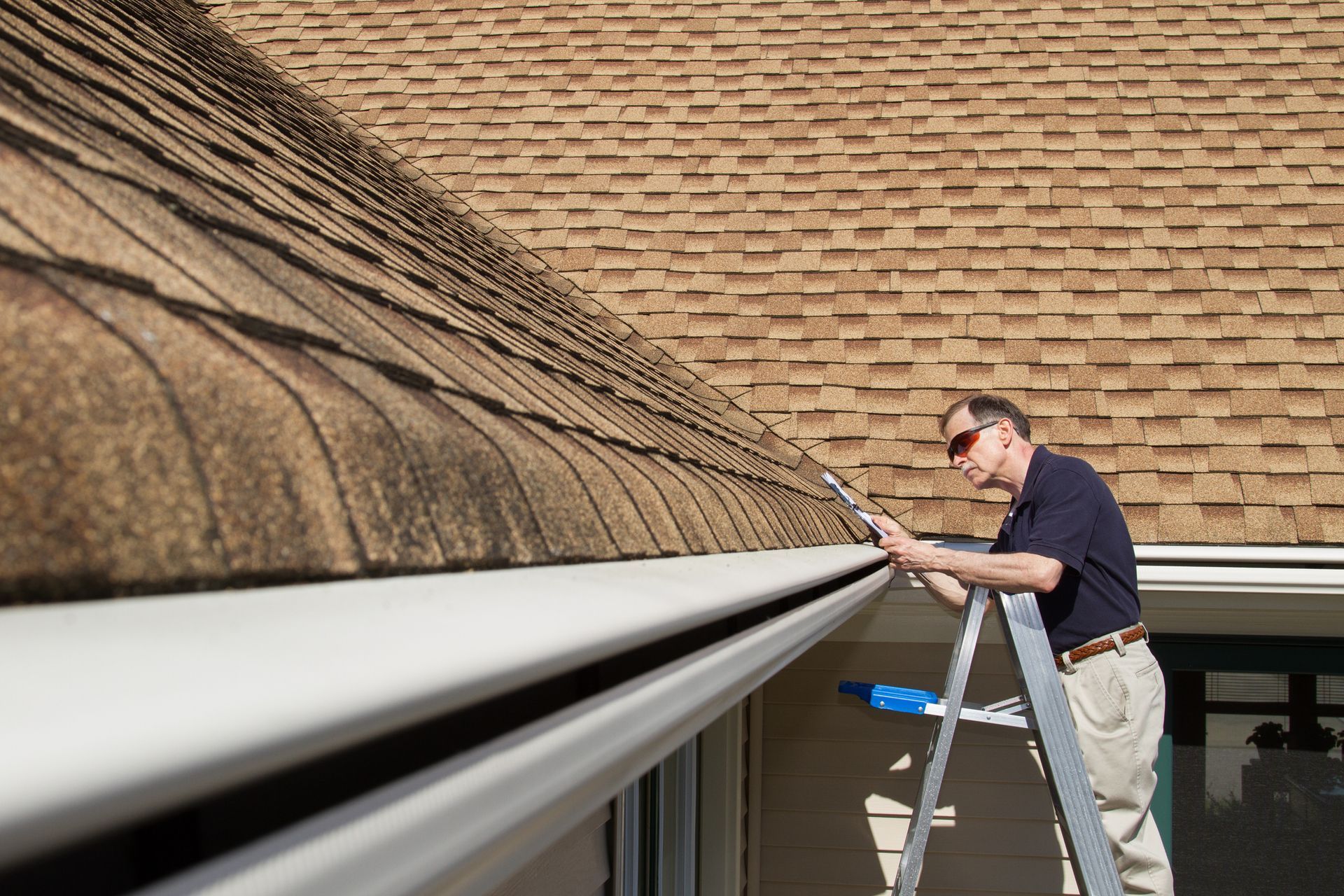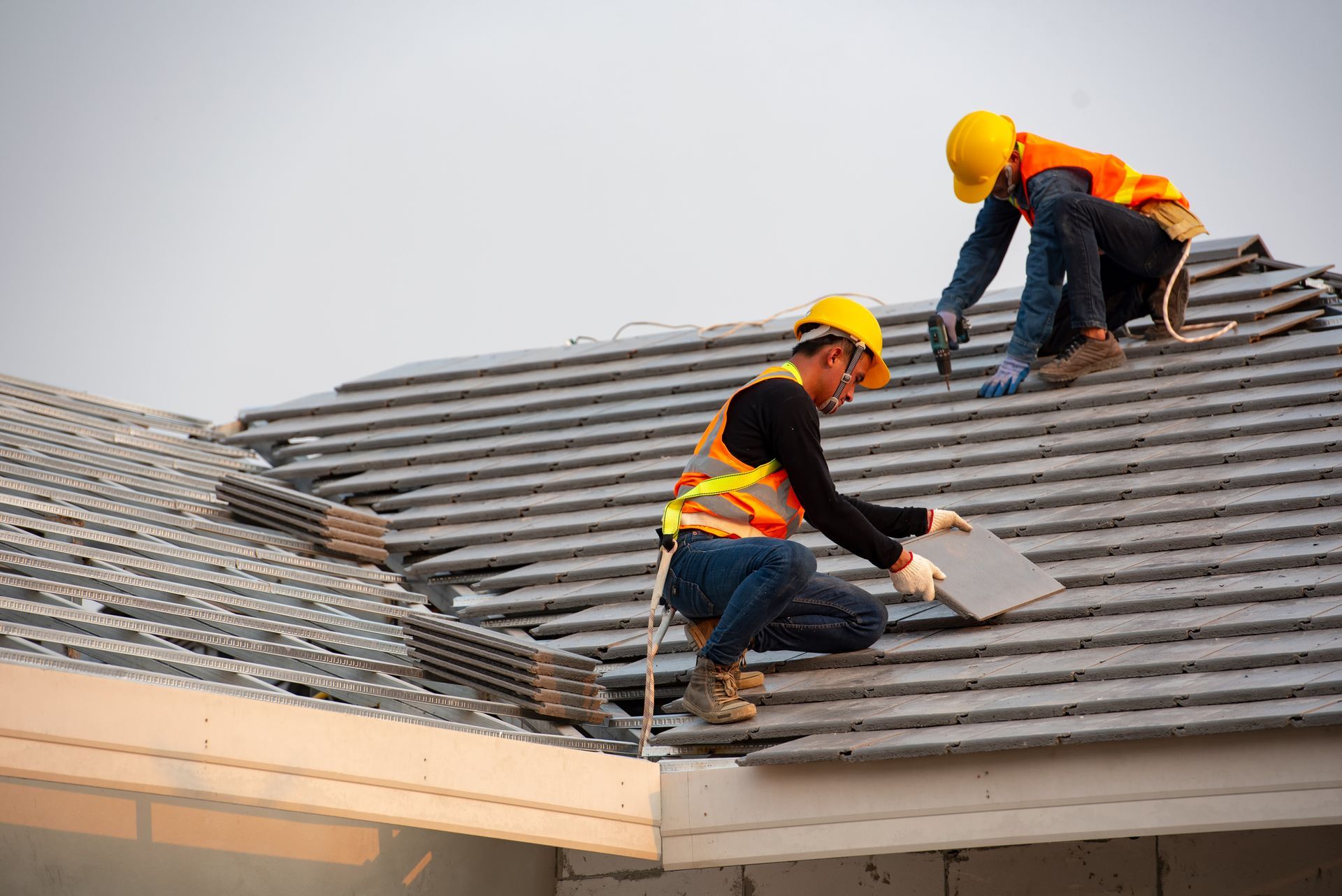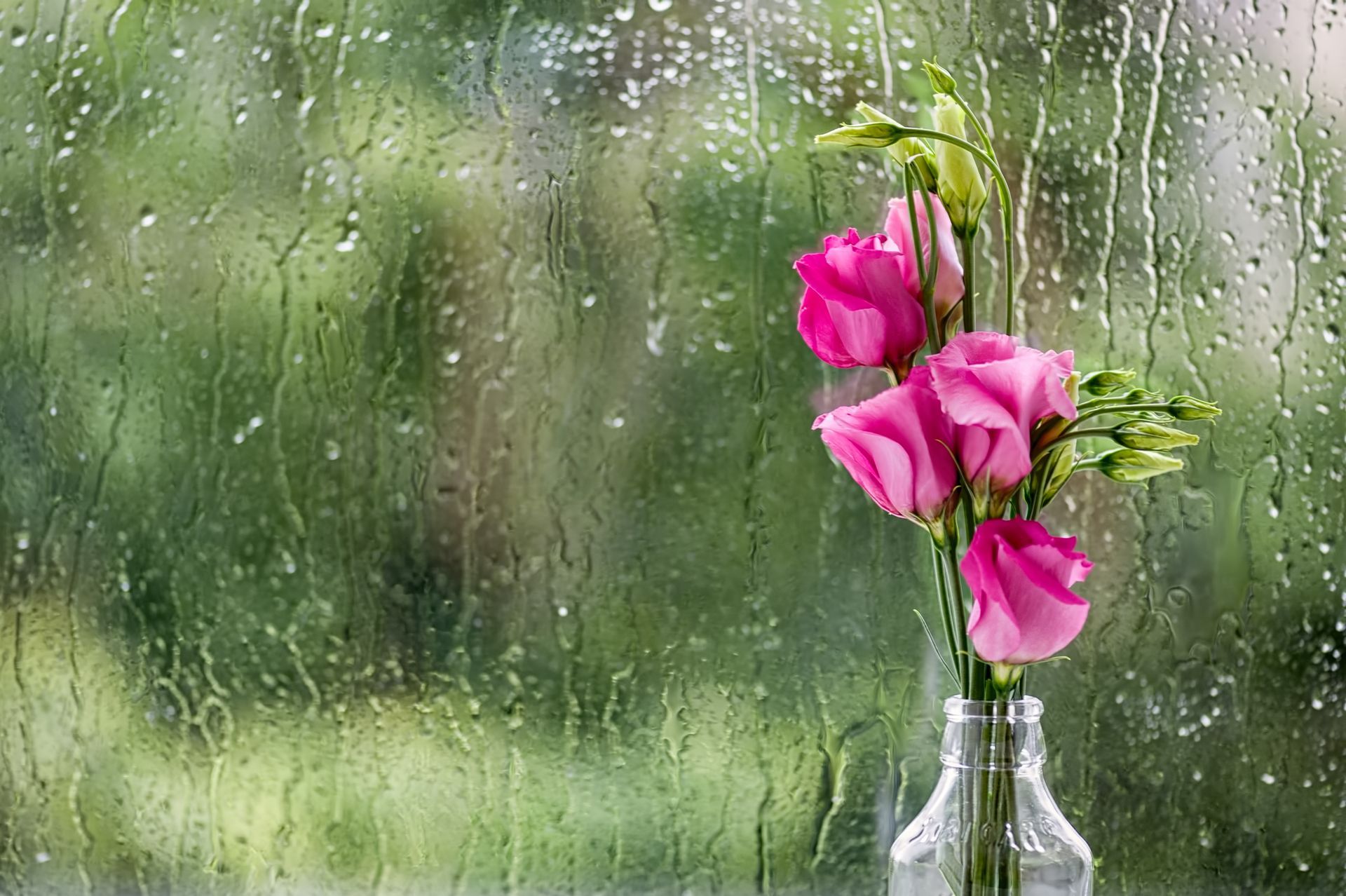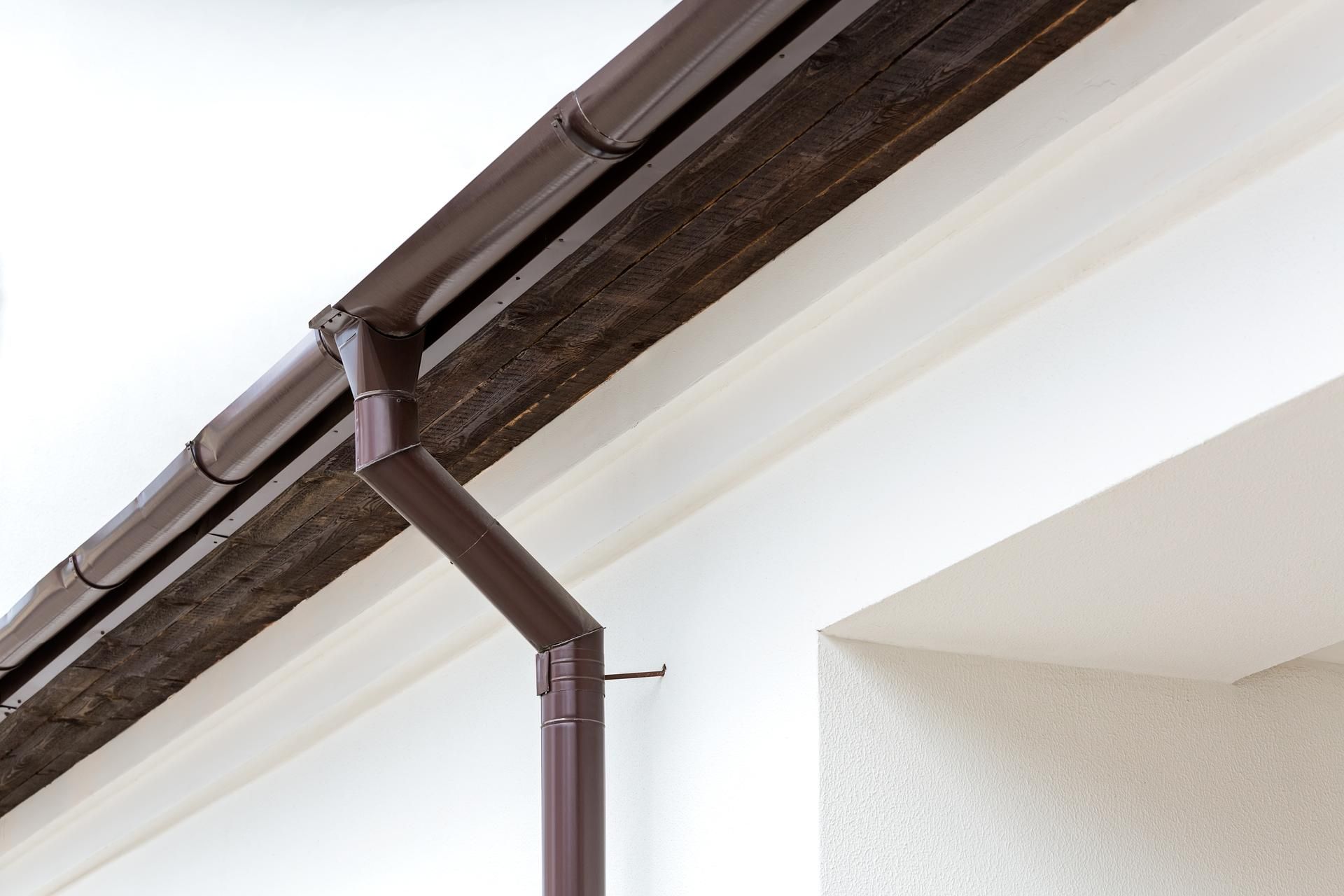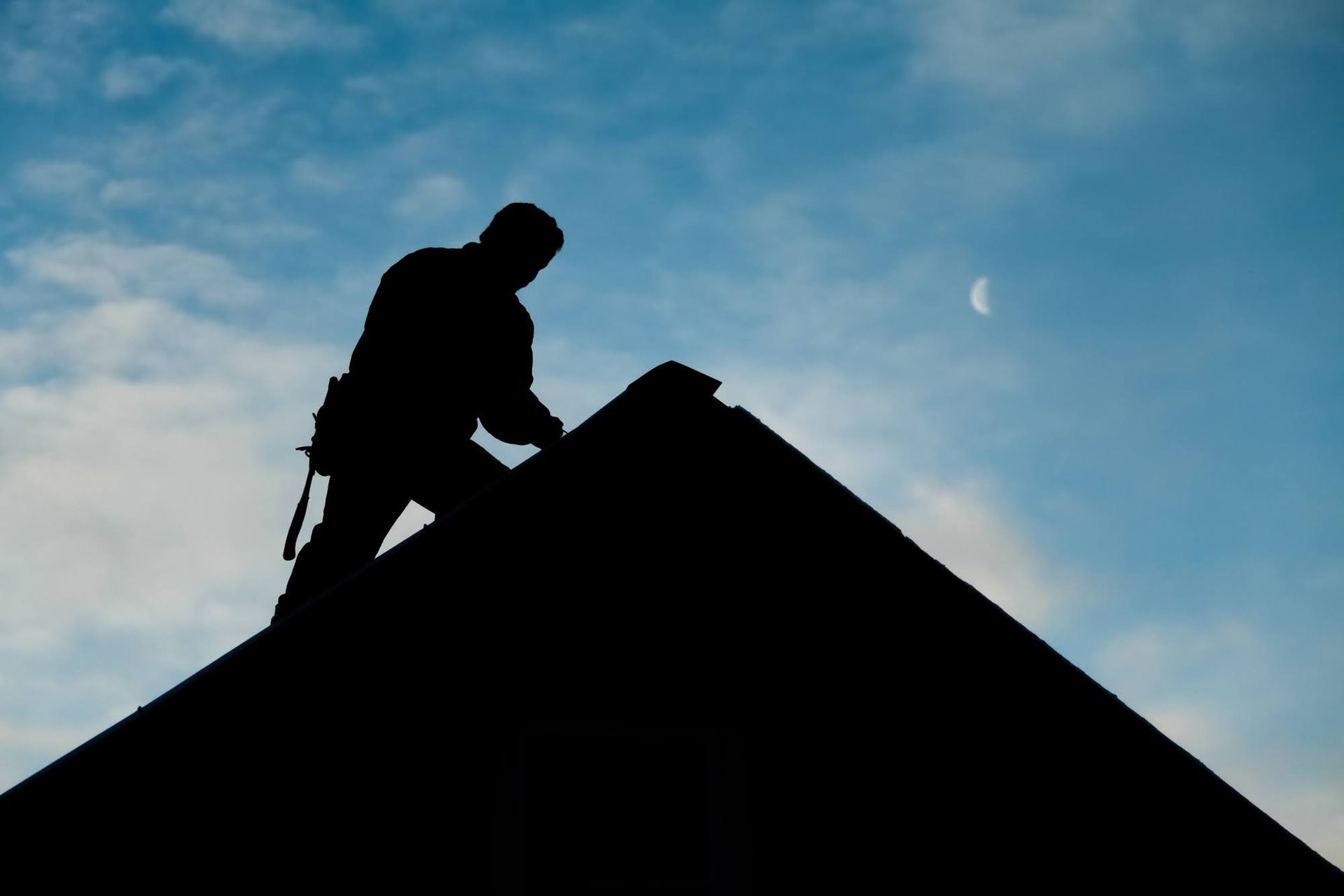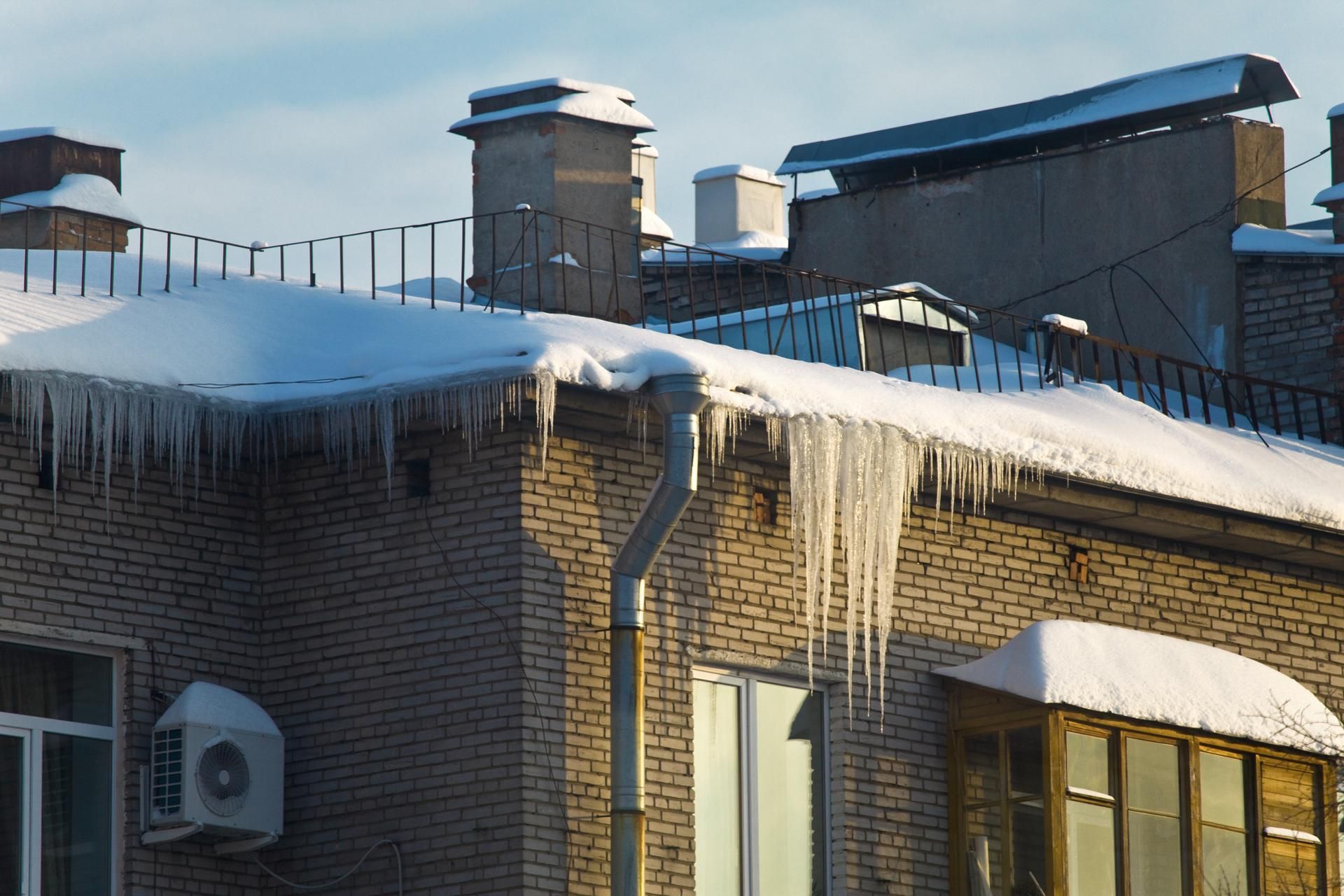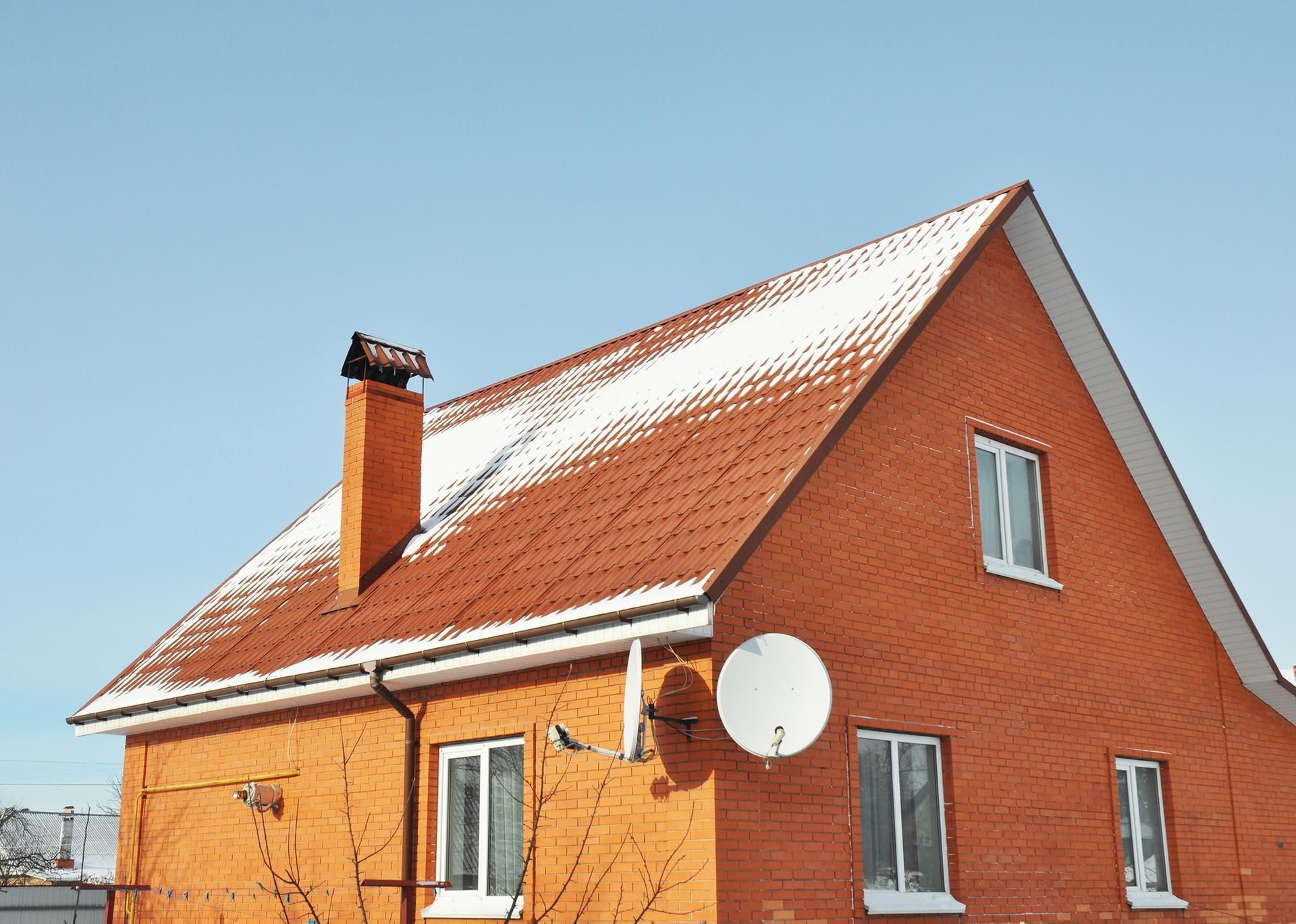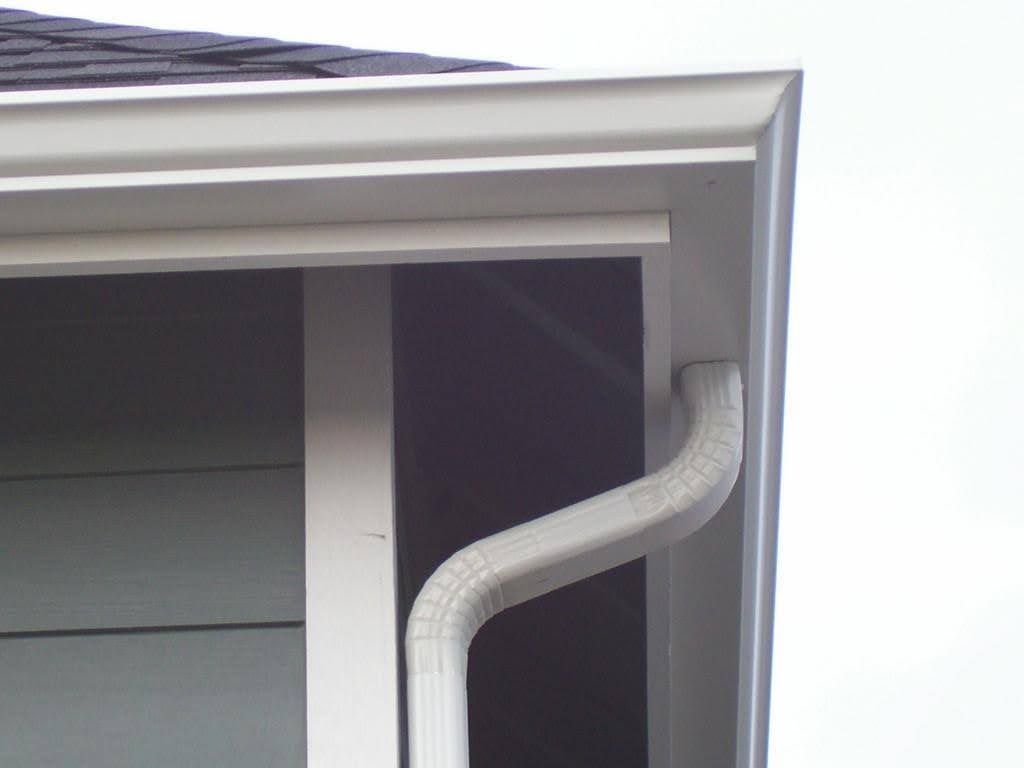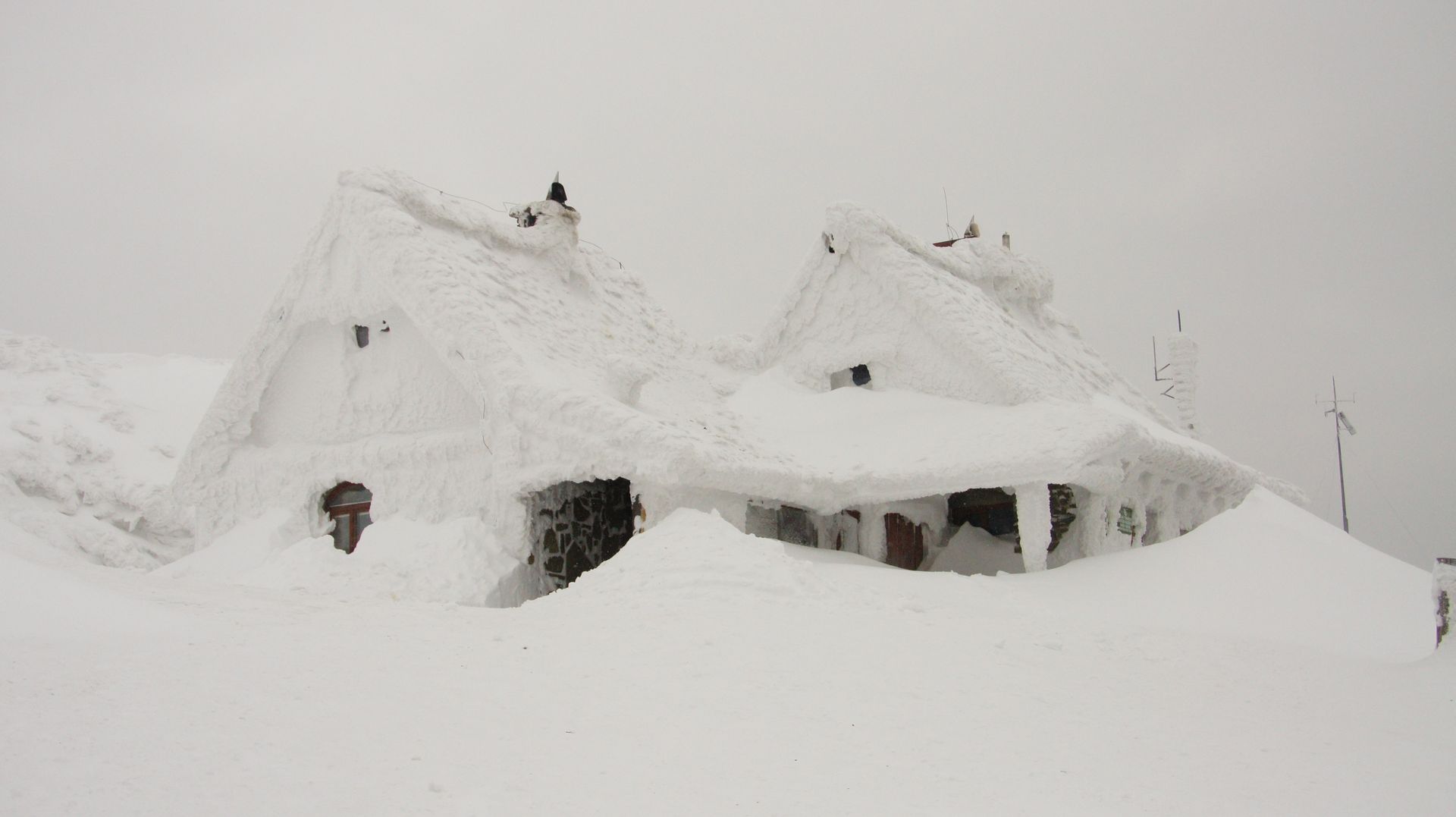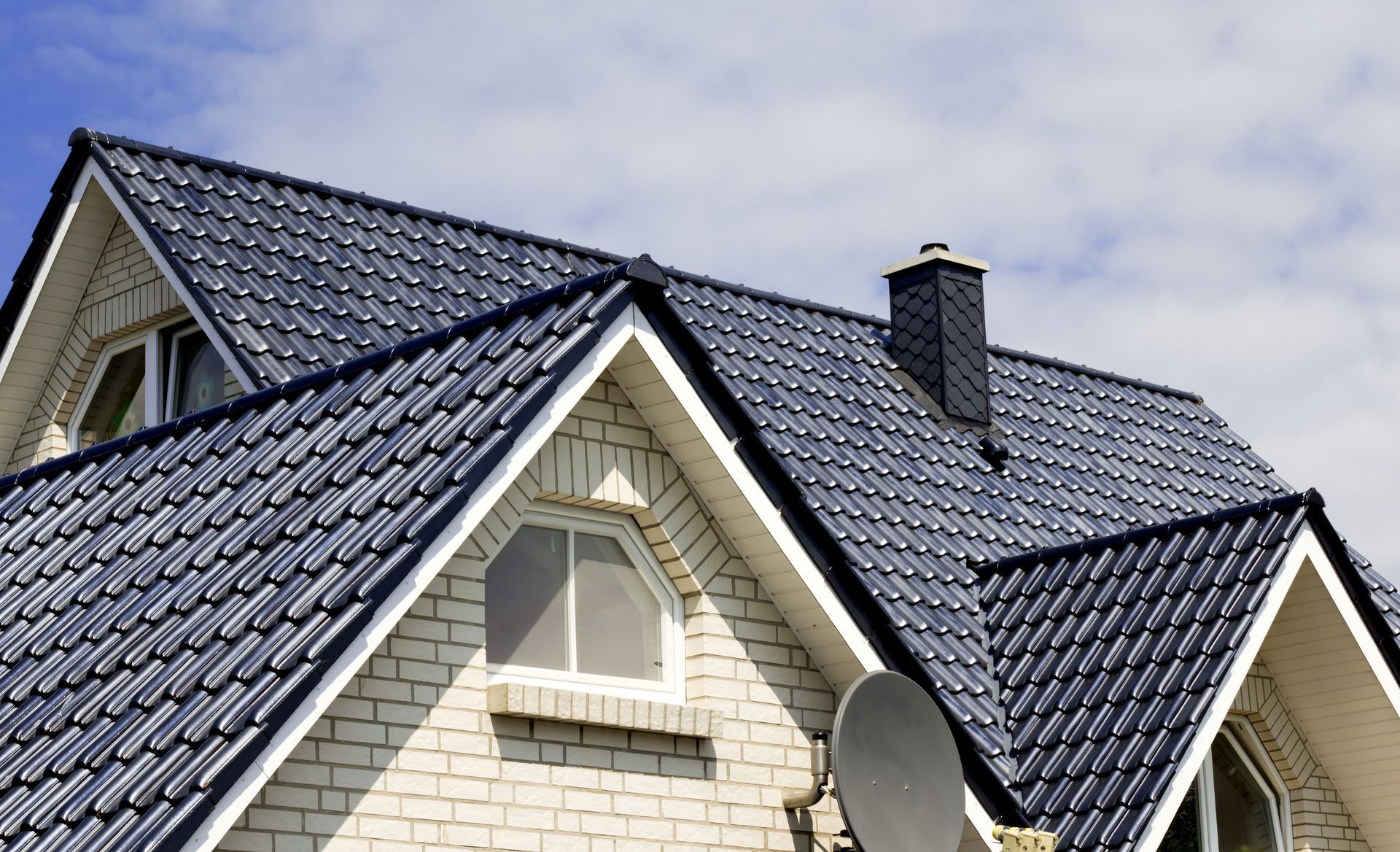4 Common Reasons for Roof Leaks
As a homeowner, you understand the importance of keeping our homes dry and protected from the elements. Unfortunately, one of the most common issues that can arise is a leaky roof. A roof leak causes inconvenience and discomfort and can lead to significant damage and costly repairs if left untreated.
In this article, we will discuss the four most common reasons for roof leaks to help you stay ahead of any potential problems.
1. Mold
Mold development highlights a roof leak because water can enter a room through cracks in the walls or ceiling and seep through the roof. When this occurs, the humidity can encourage the growth of mold. The walls, ceiling, and floor can all develop mold growth.
Investigate the area to see if a roof leak is the source of mold growth. You can locate the source of the issue by gauging the distance from a wall or door to the growth area. Such leaks that can encourage mold growth may be due to a faulty downspout.
2. Water Spots and Stains
When a roof leak causes water to enter the house, it initially tries to exit through the lowest point. The water will move across the surface of the drywall or plaster until it reaches the lowest place, typically on the ceiling or walls. The ceiling and walls may become stained, discolored, or develop wet spots due to the water seeping in.
The leak might also cause algae growth inside the walls due to moisture, which can cause discoloration on the walls or ceiling. If these stains are present, check the roof for damage or other problems that might cause a leak.
3. Damaged and Faulty Roof Components
The most common components that can suffer damage are shingles, roof nails and screws, flashing, vent boots, and plumbing vents.
Flashing protects the roof's seams and corners from leaks. Thus, watch for defective flashing as a warning indication of a leaky roof. Also, if your roof doesn't have kick flashing, water will run off the roof and down the external walls, which could lead to more severe damage. Rots may start near windows or doors directly below a set of outside walls and then spread to the building's sheathing, frame systems, and other areas.
The shingles exposed to direct sunlight become brittle and deteriorate as they age and lose granules. The ultraviolet (UV) rays harm the shingles from the inside out, which causes cracking and blistering. Shingle cracks and blisters expose the roof to water leaks due to compromised protection quality.
Shiners are nails that don't reach their supporting timbers, which leaves a gap where water can enter. You can enter your attic on a chilly night to spot frozen shiners easily. Also, m Most roof installations involve fastening objects to the roof with nails or screws. When removed, these screws and nails leave behind microscopic gaps that allow water to enter the house.
Plumbing vent boots, no matter the material, are prone to cracking. Damaged plumbing boots allow water to seep into the building via the gaps in the boots.
4. Blocked Gutters
Granules and other materials can flow into the gutters when shingles have considerable damage or when water drains away debris, which can clog the gutters. Water may back up in the gutters and spill down under the shingles or beneath other roof components, which can result in more water damage.
At United Roofing, we understand how important it is to regularly maintain and inspect your roof. After all, minor issues can quickly become major problems if not addressed promptly. Don't wait until it's too late—contact us today for your roof inspection, repair, or maintenance, and let us help you keep your roof in top condition.
